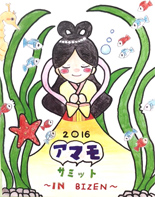

- TOKAI SEAPRO Co.,LTD
- Environmental Initiatives



Tokai Seapro supports Sustainable Development Goals (SDGs).
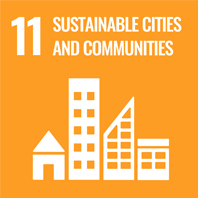
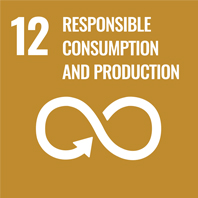
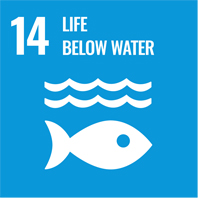




Sustainable Development Goals (SDGs) are global goals to achieve a sustainable, better world by 2030 as defined in the “2030 Agenda for Sustainable Development” unanimously adopted in September 2015 by the members of a UN summit.
The SDGs consist of 17 goals and 169 targets, promising to “Leave No One Behind.”
(Reference: Ministry of Foreign Affairs’ website https://www.mofa.go.jp/mofaj/gaiko/oda/sdgs/about/index.html)


Okayama prefecture’s Hinase, Bizen—located in the Seto Inland Sea—is famous for its oysters.
For the last 30 years, it has been home to a project to protect the ocean environment.
We aim for coexistence with the sea to continue to provide safe, secure, delicious oysters.
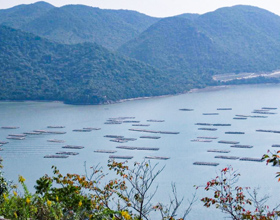

In Hinase, we are developing a circulation system called “Satoumi,” where human intervention helps to improve the marine environment and develop a rich ecosystem.
This project for a rich ecosystem helps us benefit from the many bounties of fishery and marine products.
Satoumi is a sustainable circulation system that is beneficial for both nature and people, and gives the oysters of Hinase their unsurpassed taste.


Amamo (Japanese eelgrass), a type of seaweed that is also known as the “cradle of life,” plays an important role in protecting the marine environment. It becomes a habitat for the eggs and fingerlings of fish by growing thick in the sea.
Amamo is an indispensable part of transforming the sea into a rich ecosystem.
In Hinase, the sea was once contaminated by environmental pollution caused by people.
In order to resolve this issue, people planted Amamo by hand to protect the ecosystem, and restored the marine environment to a healthier condition.
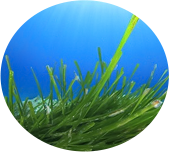
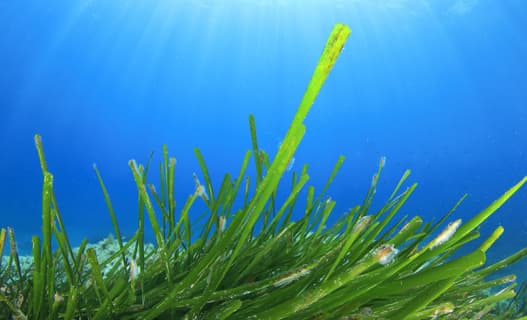


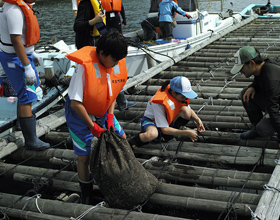

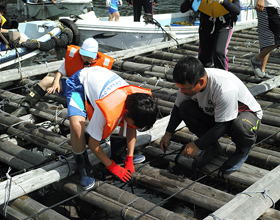

Today, fishermen in Hinase, students, administration, media, and local companies collaborate together and engage in the Amamo seaweed bed restoration project.
In 2016, the project was acknowledged for its industry, academia and regional cooperation to preserve natural resources and to contribute to the local economy, and Hinase-cho was selected as the venue for the Amamo Summit.
This effort to protect marine life by planting Amamo is now widely carried out across Japan, and attracts frequent attention from the media.
Hinase, which started Amamo restoration activities for the first time anywhere in Japan, would like to achieve an ideal environment for the coexistence of nature and people, and continue to increase the visibility of the project in Japan and around the world.
We will continue to strive to develop a sustainable environment by closely working with all stakeholders from production to distribution in order to continue to provide consumers with safe, secure, delicious oysters from Hinase.
